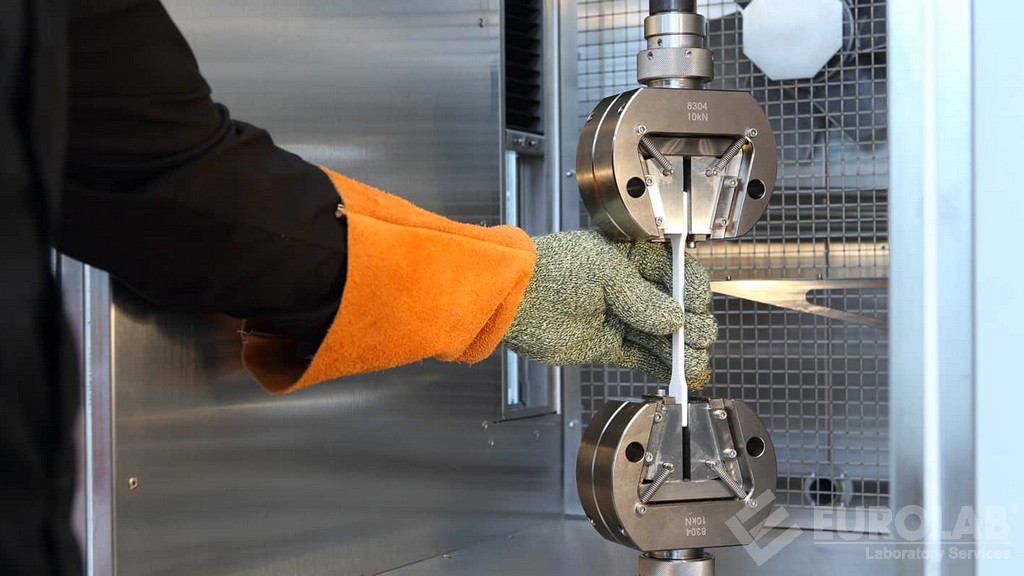UOP 987 Trace Metals in Chemical Additives Testing
The UOP 987 method is a critical standard used to quantify trace metals present in chemical additives. This test is particularly important for ensuring the quality and reliability of production chemicals used across various oil and gas processes.
Trace metals, such as iron (Fe), copper (Cu), nickel (Ni), and chromium (Cr), can play significant roles in catalysis, corrosion control, and performance enhancement of chemical additives. The UOP 987 method allows laboratories to measure these trace elements with high precision and accuracy, which is essential for compliance with industry standards and ensuring product safety.
The test typically involves the following steps: sample preparation, dissolution of the additive into a suitable solvent, filtration if particulate matter needs to be removed, and finally, analysis through atomic absorption spectrophotometry (AAS) or inductively coupled plasma-optical emission spectroscopy (ICP-OES). The precision of these instruments ensures that even minute concentrations of trace metals can be detected.
Understanding the role of trace metals is crucial for quality managers and compliance officers. For instance, high levels of iron could indicate contamination from raw materials or processing equipment, which may necessitate a review of supply chain practices and production processes. Similarly, copper or nickel in excess could signal issues with catalyst stability or potential corrosion problems.
R&D engineers also benefit greatly from this test by ensuring that the chemical additives they develop meet stringent performance criteria set forth by international standards such as ISO 14683:2017 and ASTM D5932. By adhering to these standards, companies can ensure their products perform consistently under various conditions.
For procurement teams, knowing which suppliers are capable of producing additives that pass UOP 987 tests is vital for maintaining quality throughout the supply chain. This ensures that all parts of the production process contribute positively towards meeting end-user expectations and regulatory requirements.
Scope and Methodology
The UOP 987 method encompasses a comprehensive approach to analyzing trace metals in chemical additives for oil and gas applications:
| Step | Description |
|---|---|
| Sample Preparation | Carefully select additive samples ensuring they represent the batch being tested. This step may involve grinding solid samples into fine powders. |
| Dissolution | Dissolve the sample in a suitable solvent like nitric acid to form a homogeneous solution. |
| Filtration (if necessary) | Filter out any particulate matter that could interfere with measurement accuracy. |
| Analytical Procedure | Use either atomic absorption spectrophotometry or inductively coupled plasma-optical emission spectroscopy to quantify the trace metals present. |
The precision of these instruments, such as AAS and ICP-OES, ensures accurate detection even at very low concentrations. This is critical for ensuring compliance with industry standards like ISO 14683:2017 and ASTM D5932.
Understanding the analytical process helps quality managers and R&D teams optimize their testing protocols to minimize errors and maximize efficiency. It also aids in troubleshooting when unexpected results arise, allowing quick identification of potential issues within production processes.
Why Choose This Test
- Ensures compliance with international standards like ISO 14683:2017 and ASTM D5932.
- Helps identify potential sources of contamination in raw materials or processing equipment.
- Supports the development of high-performance chemical additives through accurate data.
The UOP 987 trace metals test is essential for maintaining product quality and reliability. By choosing this method, laboratories can ensure they are meeting strict industry standards while also providing valuable insights into potential problems that could arise during production or use.
Customer Impact and Satisfaction
- Improved Product Quality: Ensures additives meet stringent performance criteria set by international standards.
- Enhanced Compliance: Helps customers stay compliant with regulatory requirements.
- Reduced Costs: By identifying and addressing contamination early, companies can avoid costly recalls and product failures.
The UOP 987 trace metals test has a direct impact on customer satisfaction by delivering reliable, accurate data that supports informed decision-making. This leads to higher quality products and greater trust between suppliers and their customers.





